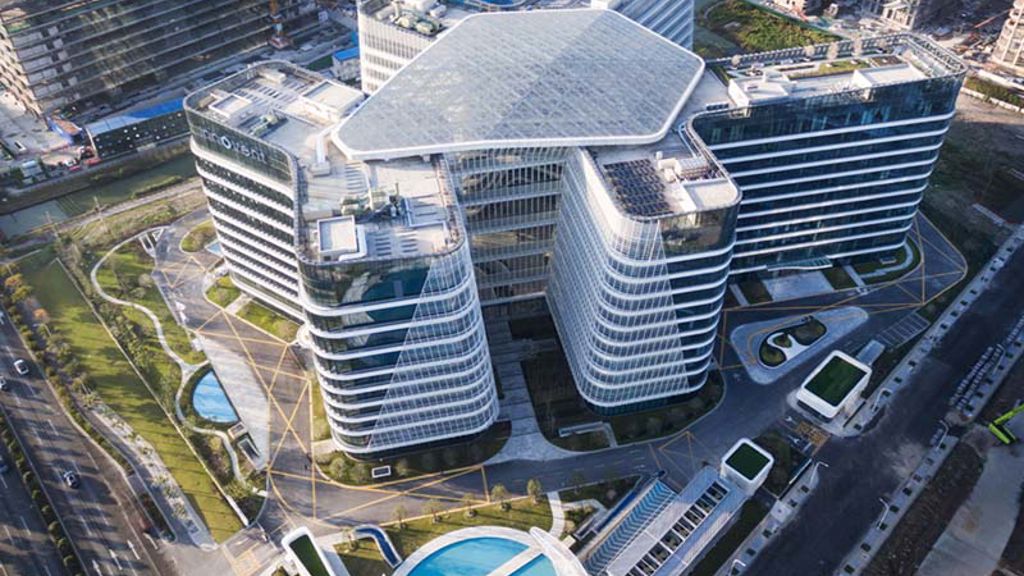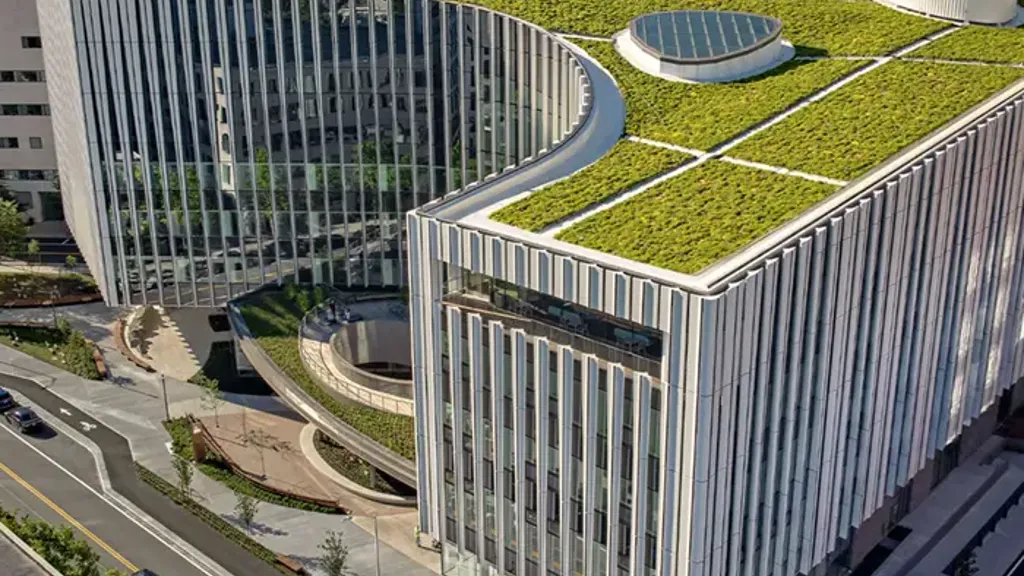Repurposing existing laboratories and research spaces
Laboratory and research and development space is in demand, particularly in urban settings close to universities and hospitals where space is often highly sought-after.

But with the growing popularity of flexible working changing the use of urban space, developers and commercial property owners have begun to consider alternative options for their real estate assets, with one choice being to reimagine these spaces for scientific research.
The economic drivers for retrofitting existing structures are increasingly evident. Environmental factors, particularly those related to climate change and targets for reducing embodied carbon (emissions created in the creation of a building) reinforce the case for reusing existing assets. Our experts will guide you through strategies to incorporate energy efficient upgrades and reduce waste while optimising lab processes and reducing cost.
The repurposing process
Converting an existing building to accommodate scientific research can require the existing property to perform far beyond its original design. Such a transformation is a puzzle that involves overcoming technical, engineering and planning constraints, backed by insights into laboratory trends.
Fortunately, Arup’s integrated expertise extends into all of these areas. Our structural and vibration specialist engineers draw from a breadth of experience in the commercial and science sector to understand the complex challenges and performance requirements of refitting a space for scientific work. Our experts can assist across the project lifecycle from evaluation and assessment of tenant criteria to operations in practice and design and implementation of all relevant building services.
The Sir William Henry Bragg Building incorporates the old School of Mining, built in 1930, which has been sensitively repurposed, extended with a new storey and connected to a new seven-storey complex for learning and research.
Located near a busy road, it is vital that passing traffic does not interfere with ultra-sensitive laboratory instruments. We carried out complex vibration analysis, using a range of tools to identify acceptable vibration criteria. We also used modelling to achieve electromagnetic compatibility, developing a mix of active and passive shields for sensitive equipment rooms.
Our acousticians advised on measures to mitigate sound impacts on the environment and building users, recommending plant with noise reduction capabilities and mechanisms to control reverberation in teaching spaces. Through modelling of demolition and construction noise impacts, we developed cost-effective and temporary mitigation options to avoid disruption of learning and research.
Our modelling led to substantial cost savings for the client. Space planning for equipment that causes electromagnetic interference contributed to cost savings of £1m. Designing-in modern methods of construction validated the use of a largely precast concrete superstructure, rather than an in-site concrete frame, significantly speeding up construction time and cutting costs and construction waste.
Get in touch with our team
Explore
Find out more about how our services can support you:
Projects
Explore more science projects

Bringing science and community together under one roof
Innovent Global R&D Center, Mainland China

Creating a collaborative environment for the premier particle physics laboratory in the United States
Fermilab Helen Edwards Engineering Research Center, USA

A space for life-saving research
Ragon Institute, USA

Designing high-performance laboratory infrastructure to foster research collaboration
Pacific Northwest National Laboratory Grid Storage Launchpad (GSL), USA
Laboratories & research
The modern lab remains central to scientific research, development and discovery. Our approach to designing these environments reflects that importance. We prioritise cost efficiency, sustainability, resilience, adaptability and enhanced environmental performance. The goal is to provide a collaborative and inspiring workspace for scientists.





